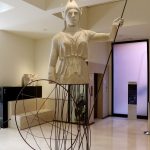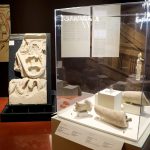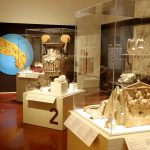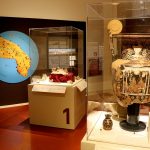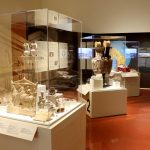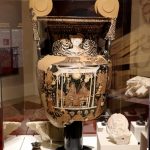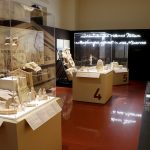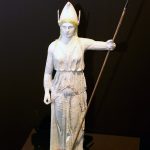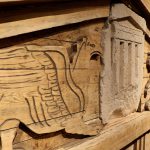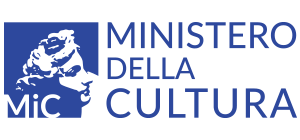Exhibition "Athenaion: Tarentini, Messapi, and others in the Sanctuary of Athena in Castro"
Curated by
Francesco D’Andria and Eva Degl’Innocenti
EXHIBITIONS & EVENTS
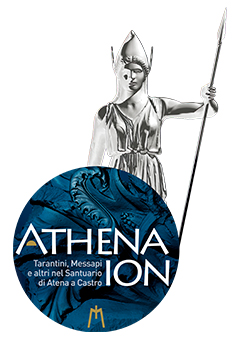
The exhibition “Athenaion: Tarentini, Messapi, and Others in the Sanctuary of Athena in Castro” presents an unprecedented narrative of the city of Taranto before its destruction by the Romans. This storytelling opens up a new perspective for understanding the history and the territory.
Curated by Francesco D’Andria, a member of the Accademia dei Lincei, Emeritus Professor at the University of Salento, and Director of the excavations and the Archaeological Museum of Castro, in collaboration with Eva Degl’Innocenti, the exhibition is based on archaeological research conducted in Castro, in the Salento region of Apulia, starting in 2000. These investigations were made possible through collaboration between the Municipality of Castro, the University of Salento, and the Superintendence of the Ministry of Culture, particularly the Superintendence of Archaeology, Fine Arts, and Landscape for the provinces of Brindisi and Lecce. These studies have allowed for the identification of the Sanctuary of Athena (Athenaion), mentioned in numerous literary sources, especially by Virgil in Book III of the Aeneid, describing the first landing in Italy of the Trojans fleeing from Troy, led by Aeneas.
Studies and Restoration of the Statue to Its Integrity
The results of the studies have focused on the significant role played by the sacred site as a meeting place for diverse communities, including Greeks, Messapians, and peoples from the opposite shores of the Balkans. This sacred place held strategic importance in ancient navigation, located at the entrance to the Adriatic Sea.
The extraordinary statue of Athena, carved in “Lecce stone,” was discovered during excavations in Castro and stood at a height of 3 meters and 40 centimeters, ranking as the second-largest statue among those in Magna Graecia. The discovery of the bust and the lower part of the statue raised the unequivocal question: “When will we find the head?” However, the tumultuous history of the statue, including its destruction by the Carthaginians in 214 BC and the subsequent ritual burial by the Romans after their conquest of Messapia, made it challenging to provide an answer. It was possible that the head had been buried nearby, but one could not rule out the hypothesis that the Carthaginians had deliberately destroyed it, perhaps as a sign of disrespect for the deities of their enemies.
This exhibition has enabled the restoration of the statue to its original integrity through collaboration with researchers from the CNR and ISPC (Institute for Cultural Heritage Sciences). Three-dimensional laser scans of the sculpture were integrated with those of a female deity’s head from the MArTA, created by Tarantine hands in the same period (the second half of the 4th century BC) as the statue in Castro. With the support of the “Creative Educational Laboratory” of the Taranto Museum, in collaboration with the Paleos Society, a 1:1 scale resin replica of the statue was created based on a 3D model, which now welcomes visitors in the museum’s cloister.
Wearing a Phrygian helmet identifies the statue as Athena of Troy, the deity who, from her sanctuary in Castro, welcomed the exiles led by Aeneas to the Salentine coast during their first landing in Italy. This mythical episode is described by Virgil in Book III of the Aeneid.
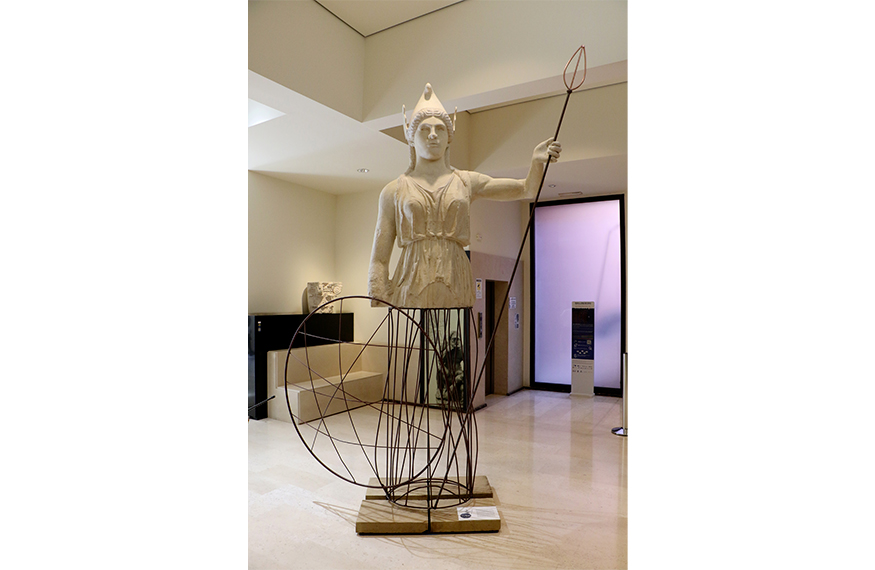
The Artifacts and the Statue of Athena
The central theme of the exhibition revolves around the connections between Taranto and the Sanctuary of Castro. In the 4th century BC, during the peak of Sparta’s power, an important alliance was established with the leaders of the Messapians to strategically control access to the Otranto Channel and the Adriatic Sea, an area of great interest not only to Taranto but also to Syracuse and the Epirote dynasties.
The exhibition presents the most significant findings from excavations conducted in Castro since 2000. The artworks produced reflect a style closely linked to the art of Taranto, a period when the city assumed a central role in the Mediterranean. It was also a time when renowned sculptors like Lysippus created remarkable works, including the colossal bronze statue of Zeus the Thunderer, standing proudly at a height of 17 meters.
The Sanctuary of Athena, located on the acropolis overlooking the port, facilitated peaceful exchanges among different communities, and this exhibition highlights this network of relationships within a sacred space that became a hub of creativity. Artists, particularly in the field of sculpture, contributed to making this space a center of artistic expression.
When erected, the statue of Athena was the tallest in the world, but in just a few decades, the students of the same master created the famous Colossus of Rhodes, surpassing the height of the Tarantine sculpture. Taranto also witnessed the creation of another impressive bronze statue: the seated Hercules, standing at 5 meters in height, produced in the workshop of Lysippus. A replica of the head of this statue can be admired at the entrance of MArTA. This trend of gigantism among artists working in the coastal city is also reflected in the cult statue of Athena.
The exhibition offers an extraordinary opportunity for both scholars and visitors to explore the discoveries made in Castro and compare them with treasures from the same period preserved at MArTA.


